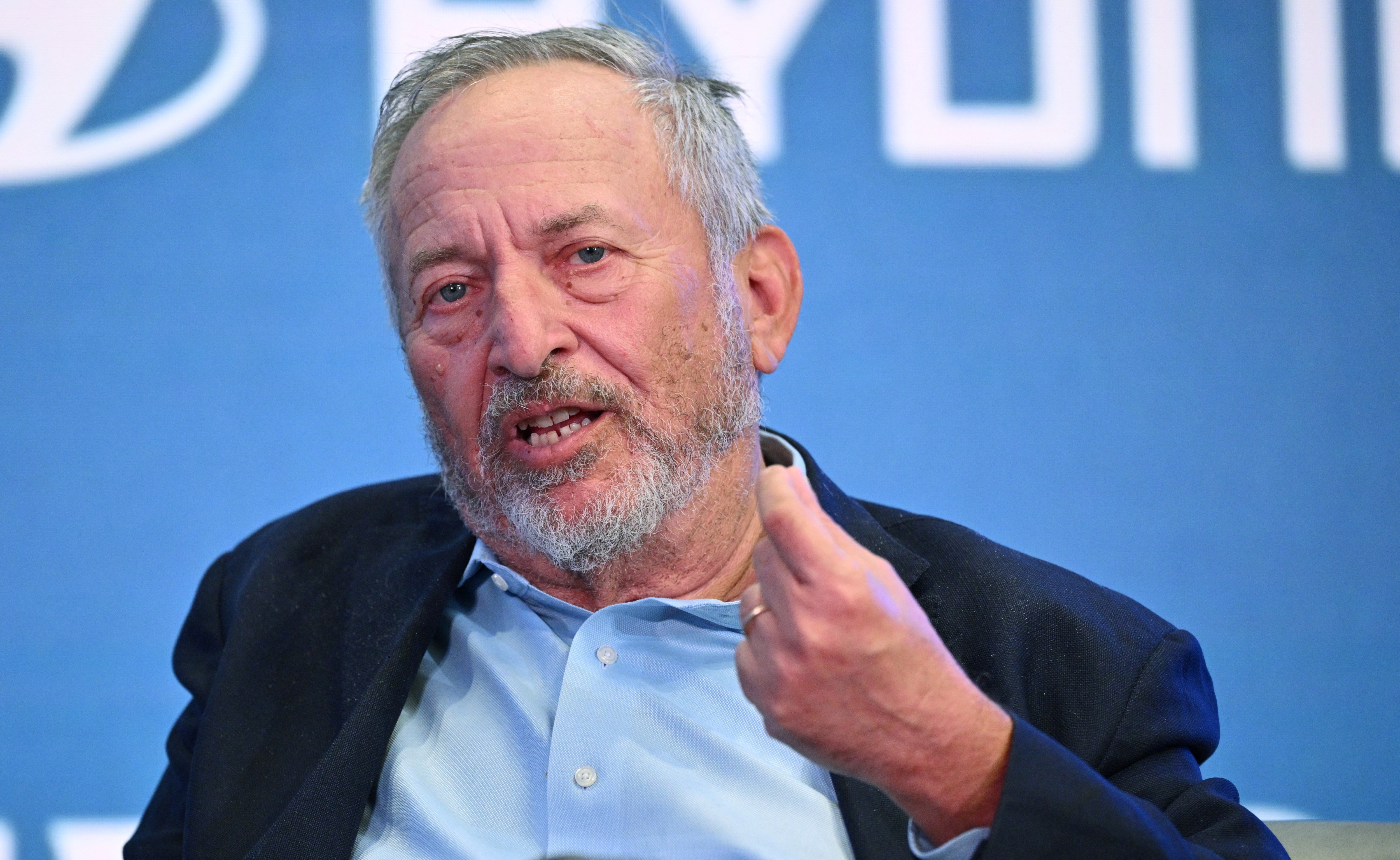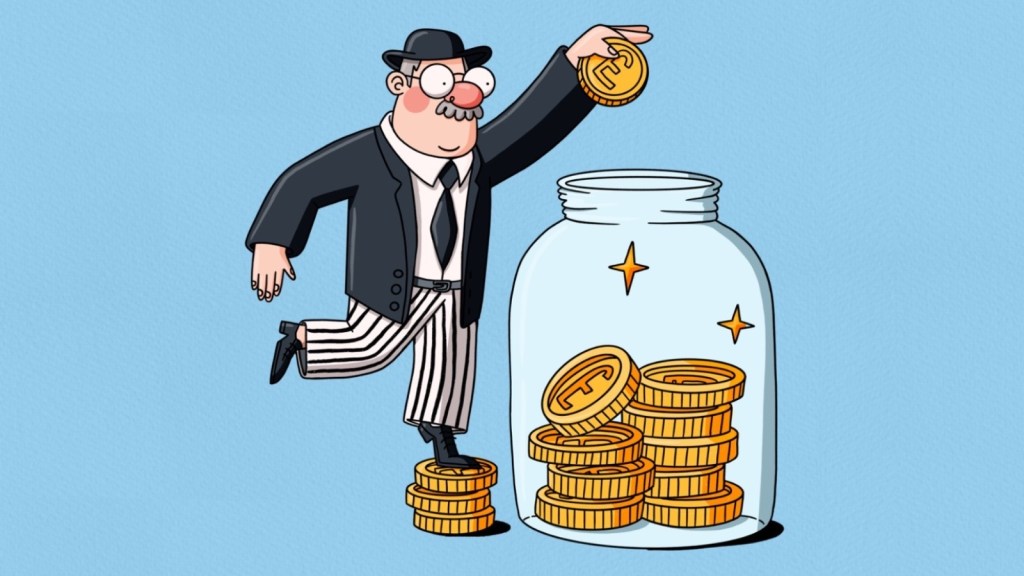Larry Summers’ Inflation Warning: A Call for Caution from Trump
In February 2021, economist Larry Summers raised a crucial alert to President Biden regarding the significant fiscal and monetary stimuli in the United States. Summers, who served as treasury secretary under Bill Clinton, cautioned that this could trigger inflation rates not witnessed in a generation. However, many Democrats in Washington dismissed his concerns, prioritizing the need for robust stimulus to avoid repeating the mistakes that followed the financial crisis.
Fast forward sixteen months, and inflation reached its peak, marking the highest levels since 1981. Over the past three years, food prices surged by 21%, and the costs of borrowing for homes, cars, and credit cards escalated sharply due to rising interest rates. Although the White House attempted to attribute the inflation to external factors like Vladimir Putin and large corporations, these explanations fell flat with voters. Recent exit polls from the US presidential election highlighted inflation as a leading reason for the public’s rejection of vice-president Kamala Harris, who was anticipated as Biden’s successor.
While Summers might not have predictive abilities—no economist can make perfect forecasts—he did adjust his original warning while later underestimating the extent of the economic fallout needed to temper inflation. His current message is clear: if Donald Trump were to fully implement his campaign agenda, it could possibly trigger an even greater inflationary crisis than what has been observed with recent economic policies. Regardless of skepticism, it is a warning Trump should take into account.
Initially, markets responded positively to Trump’s victory, with stock prices climbing and the dollar strengthening, primarily driven by forecasts of corporate tax reductions, tariffs, and increasing deficits. Nevertheless, inflation expectations also ticked upwards, evidenced by widening yield spreads between Treasury Inflation-Protected Securities (TIPS) and standard Treasury bonds. Core inflation persists at 2.6%, exceeding the Federal Reserve’s target of 2%, while wages and consumer spending continue to rise at rates that could exacerbate inflation further. If Trump’s proposals come to fruition, they could intensify the existing inflationary pressures.
During a recent discussion at Harvard Kennedy School, Summers underscored the dual dangers posed by Trump’s policy proposals. On the demand side, a Republican takeover in Congress combined with the presidency could empower Trump to push for significant tax cuts, potentially inflating a budget already nearing a 7% deficit relative to GDP.

Traditionally, the Federal Reserve would mitigate such fiscal overreach with tighter monetary policy. However, during his first term, Trump openly urged the Fed to lower interest rates and suggested a greater presidential influence over monetary affairs. Although Fed Chairman Jerome Powell recently indicated he would not resign on request, any indication of compromising the Fed’s independence or pressuring it to finance federal debt could unsettle market dynamics and elevate inflation expectations.
On the supply side, Trump’s protective trade policies threaten to limit the economy’s productive capacity just as his financial plans would enhance demand. His agenda proposes universal tariffs as high as 20%, a 60% tax on imports from China, and large-scale deportations of undocumented immigrants, who constitute a significant portion of the agricultural workforce in the U.S.
These policies would likely result in increased food and import expenses. The repercussions would extend further, as tariffs on production materials, possible retaliatory tariffs from other nations, and diminished competition might drastically reduce actual output, triggering a significant one-time price increase. Would the Fed truly lower demand enough to counter this price surge? The likelihood appears questionable. With its commitment to balancing employment and price stability, the Fed would likely hesitate to risk triggering a recession.
Thus far, Trump has dismissed these inflation concerns, asserting that his previous tax cuts and tariffs did not lead to rising inflation. However, the current economic climate is markedly different, with inflation levels remaining elevated and Trump’s ambitions far exceeding his initial term’s goals. Summing it up, Summers emphasizes that the risk of inflation’s resurgence is tangible, advising that if Trump does not moderate his borrowing plans and protectionist measures, he may alienate voters who are increasingly frustrated with rising prices—potentially jeopardizing his presidency from the very beginning.
Ryan Bourne is an economist at the Cato Institute and editor of the book “The War On Prices”.




Post Comment